7 Signs Your Crawl Space Has a Problem
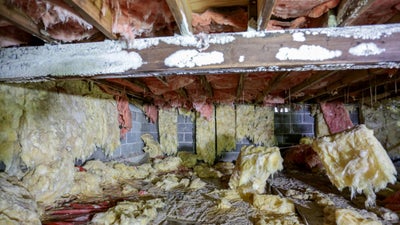
Your crawl space might be out of sight, but it shouldn’t be out of mind. Problems in your crawl space can lead to serious issues in your home.
Here are seven signs that your crawl space might need attention and how Groundworks can help you fix them.
1. Musty Odors
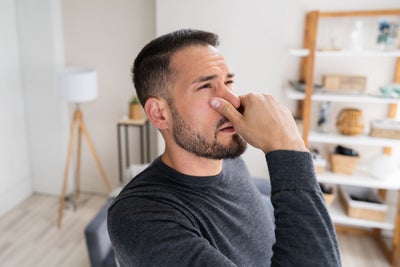
If you notice a musty smell in your home, it could be coming from your crawl space.
This odor often means there is moisture or mold below your home, which can affect the air quality inside your house. Poor ventilation and high humidity levels in the crawl space can also cause this musty smell.
2. Wood Rot
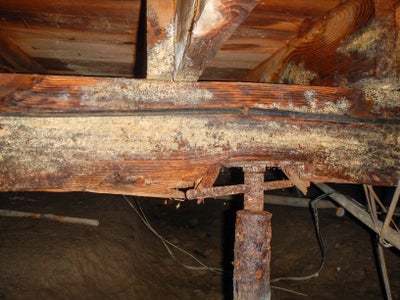
Wood rot is one of the most common crawl space issues. Over time, excess moisture can weaken the wooden joists supporting your floors, making them unsafe.
This can lead to expensive repairs and safety hazards as the structural integrity of your home degrades over time.
3. Mold & Poor Air Quality
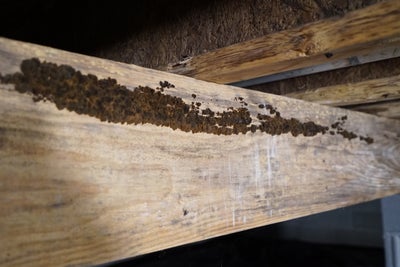
If you or your family members are experiencing more allergies or asthma symptoms, your crawl space might be to blame. Mold and mildew thrive in damp environments and can make their way into your living space.
These allergens can circulate through your home’s HVAC system, worsening respiratory issues. Addressing the dampness in your crawl space can significantly improve your home’s air quality.
4. High Humidity Levels
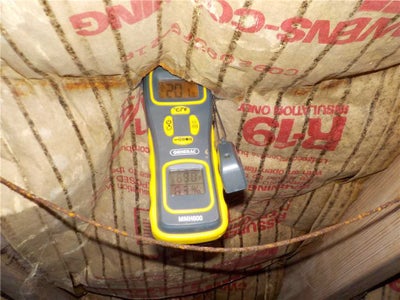
Excess moisture in your crawl space can cause high humidity levels in your home. This can make it feel damp and uncomfortable, and it’s also a perfect environment for mold growth.
High humidity is often due to poor drainage or inadequate ventilation in the crawl space. Maintaining proper humidity levels is crucial for the overall health of your home and can prevent damage to your belongings.
5. Pest Infestations
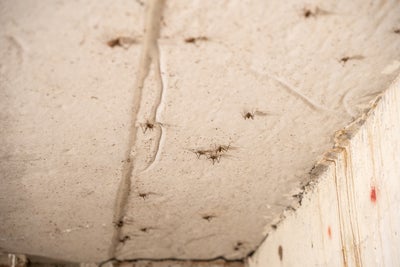
Pests like rodents and insects love dark, damp crawl spaces. If you notice signs of pests, such as droppings or nests, it’s a good indication that your crawl space needs attention.
These pests are attracted to the moisture and warmth found in neglected crawl spaces. Pests can also cause significant damage by chewing through wires, insulation, and wood, leading to more extensive and expensive repairs.
6. Standing Water
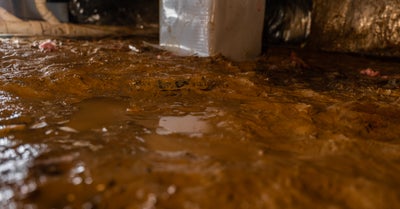
Water in your crawl space is a clear sign of a problem. It can come from leaks, poor drainage, or high groundwater levels. Standing water can lead to mold, wood rot, and structural damage if not addressed promptly. Regularly checking for and addressing standing water can prevent long-term damage and health issues.
7. Bouncy Floors
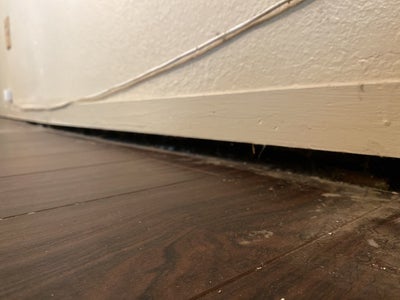
Bouncy floors in your home can indicate that your crawl space has a problem. When moisture causes structural damage in your crawl space, usually to the floor joists, it leads to bouncy and uneven floors. If you notice this issue, fix it as soon as possible to avoid injury or even more severe damage.
Why Crawl Space Problems Happen
Crawl space problems often start with moisture. Poor ventilation, high humidity, and leaks can all contribute to excessive moisture levels. This moisture creates the perfect environment for mold, wood rot, and pests.
Another common cause is inadequate drainage around your home. If water isn’t properly directed away from your foundation, it can seep into your crawl space. Additionally, poor construction practices or aging materials can lead to structural issues over time.
How to Fix Crawl Space Problems
Addressing crawl space problems involves both fixing existing issues and preventing future ones. One effective solution is installing a vapor barrier. This barrier keeps moisture from the ground out of your crawl space, helping to prevent mold and wood rot.
Crawl space drainage systems are another essential component. They direct water away from your foundation, keeping your crawl space dry. Adding a sump pump can further protect your crawl space by removing any water that does enter.
Using a dehumidifier helps maintain low humidity levels, making it harder for mold to grow. Proper insulation (at Groundworks, we install thermal foam board insulation) is also important as it controls the temperatures inside your crawl space.
With all of these solutions working together, you can keep your crawl space dry and healthy. Make sure these tools are installed by a professional team for the best results.
Fix Crawl Space Problems With Groundworks
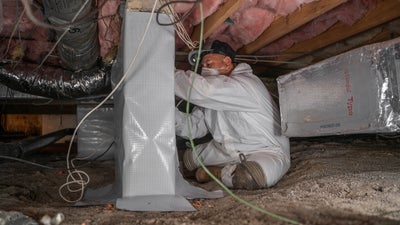
Don’t ignore these signs. If you suspect your crawl space has issues, it’s important to address them quickly. Contact Groundworks today for professional crawl space inspections and repairs. Taking care of your crawl space will protect your home and your health in the long run!
Crawl Space Problem FAQS
The duration of crawl space repair depends on the extent of the damage, but most repairs can be completed in a few days to a week.
A dehumidifier may be recommended to maintain low humidity levels and ensure the crawl space remains dry after encapsulation.
It’s not recommended to use your crawl space for storage unless it is properly insulated and sealed. Excess moisture can damage stored items and promote mold growth.